Mija’s Hardgroove Summer (original) (raw)
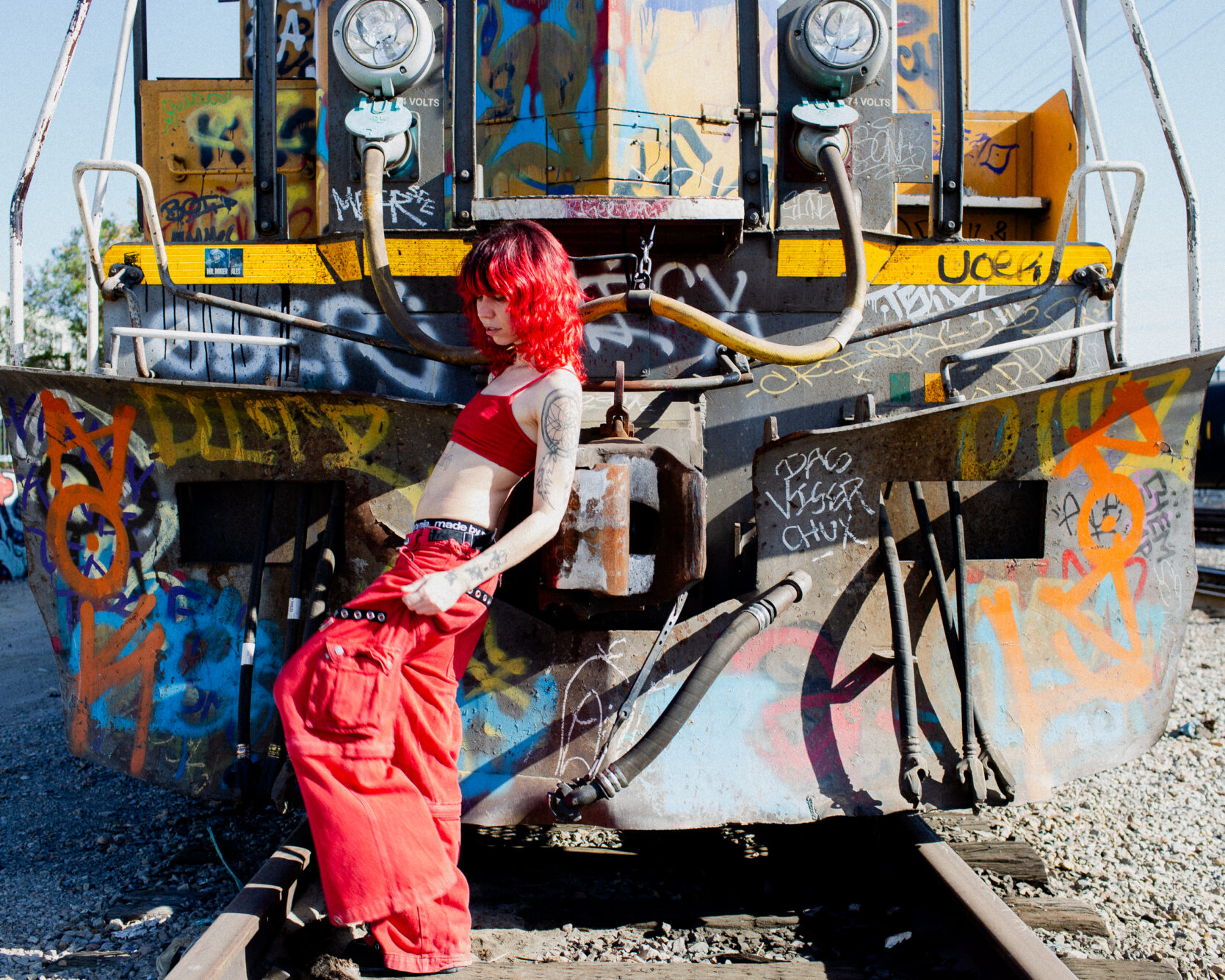
The cutting-edge musician is once again diving into a burgeoning scene at just the right time
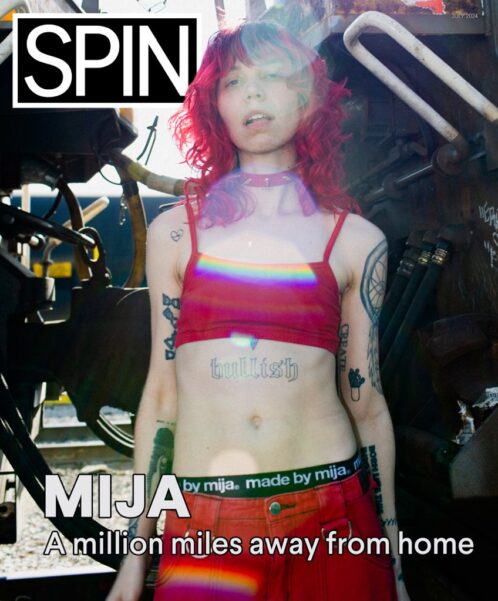
Thirty-two-year-old DJ and producer Mija’s pink hair beams against the reflection of the sky in the glass door behind her. She is exceptionally laid back for someone in the midst of an intense creative and social renaissance that she’s calling her “hardgroove summer.”
For the last few weeks, Mija has been at what she refers to as “a producer summer camp” in Berlin, where she’s been making music with her friends until 7:00 most mornings. “The sun comes up really early here, like 4:00 a.m.,” she says. “By the time it’s rising, we just decide to stay up and make music. Then we sleep in until the afternoon and wake up and do it all over again.”
Hardgroove is a techno subgenre pioneered in the 1990s by British DJ Ben Sims. He pulled inspiration from the hip-hop tradition of “repeating… drum breaks or heavy instrumental sections of funk and disco records” to create music that is experimental and improvisational, rhythmically and percussively complex, and full of endlessly unfurling, unpredictable funk grooves. Mija, who has always DJed eclectic, genre-agnostic sets and even went on a tour named Fk a Genre, is drawn to the music’s versatility. “There are a lot of subgenres within hardgroove music,” she says. “It has the offbeat, bouncy bass patterns of hardcore and trance. You can also weave in house and disco, or you can go the techno acid route.” She’s drawn to the soulfulness of the music, too. “I love Chicago house, and this is basically Chicago house sped up to 140 BPM,” she adds. “Instead of the breakdowns and build-ups you might have in EDM, you have a consistent groove that keeps moving forward.”
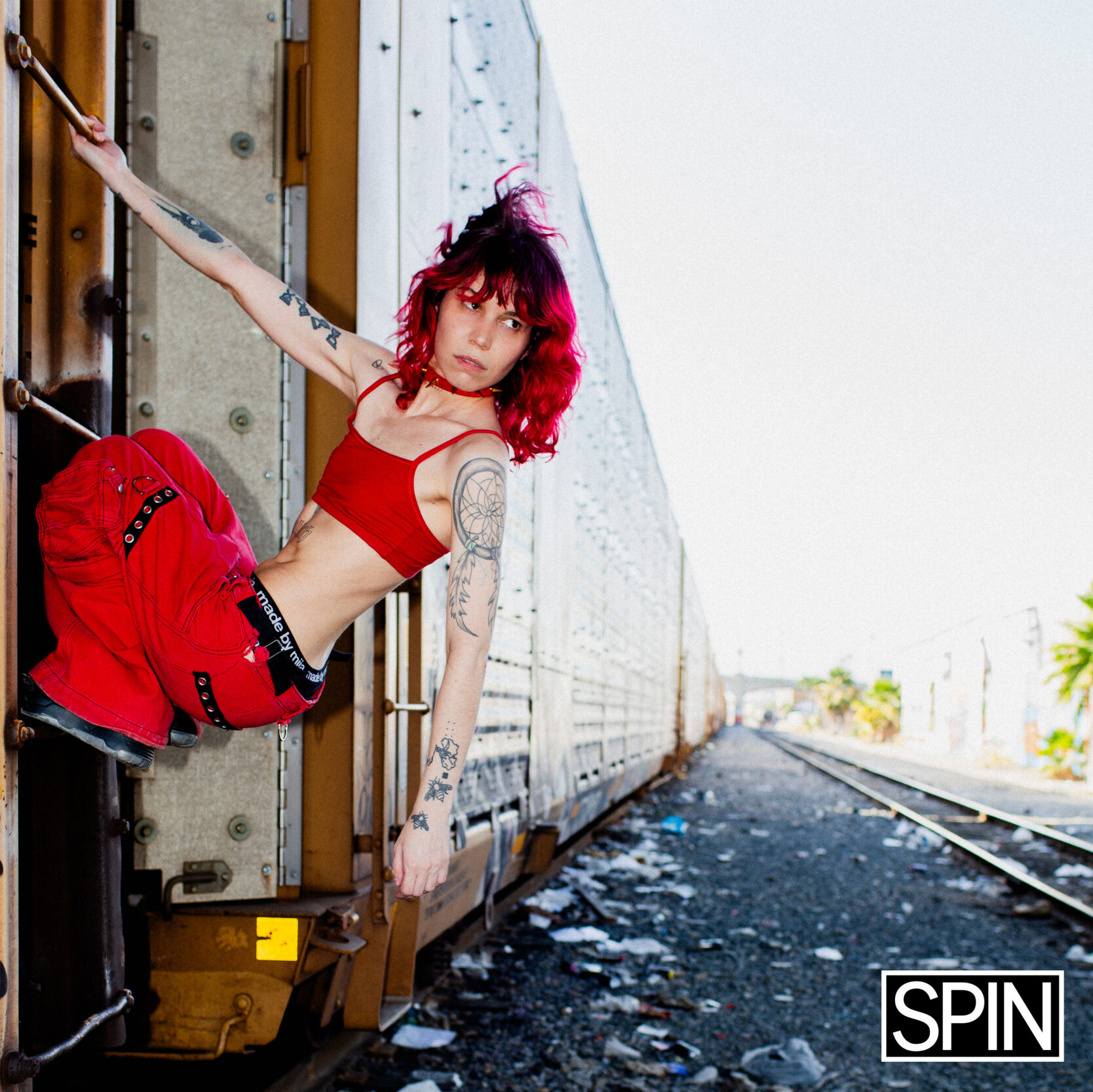
Photo Credit: Ryan Farber
The currently unreleased music she’s been working on negotiates that compelling tension between expansive grooviness, caustic, thickly-layered drumbeat stacks, and deliciously vibrant blips of vocal or instrumental samples. “Summer Groove” beautifully weaves together a slippery, exploratory bassline with a pulsing beat and gossamer vocals that describe a carefree summer night out. A remix of Sonique’s “It Feels So Good” is closer to hard techno, but it continues the hard groove tradition of sampling old tracks. Mija splinters the original song’s delicate, wistful melody into tiny glittering shards of desire to punctuate a beat that hits like a hammer and whirls like a tornado. Mija is also drawn to hardgroove’s playfulness and whimsy, and her sense of humor shines through in her new work. “Serving,” which she describes as having “arrogant production and confident lyrics,” samples a TikTok in which a creator bemoans “the psychological repercussions of serving cunt.” “Whether the songs I’m making are hard groove, techno, or hard house, they don’t take themselves too seriously,” Mija says. “The overall theme is high energy, whimsical feel good vibes, which is the antithesis of the surge of hard techno happening in America.”
Hardgroove has been having a resurgence for the last few years, but Mija’s interest in it is fairly recent. This past March, she had just been dropped by her agent when friend and fellow musician Justin Jay asked her to join him at CRSSD Festival, an electronic music festival in San Diego. The two drove down together from Los Angeles, and on the way, chatted about Mija’s musical inspirations and vision. They realized they have similar tastes, so Jay suggested Mija check out hardgroove. “He was really A&Ring my life—it was amazing,” she says.
When they got to the festival, a number of artists who make hardgroove—X Club, Partiboi69, Sammy Virji, DJ Heartstring—were playing and were down to hang out after their sets. “We ended up kidnapping them at their afterparties,” she says. “Somehow we convinced all of them to come to another party with us, and we ended up staying there until 7:00 a.m. on a roof looking at the ocean. That's when things became really clear.”
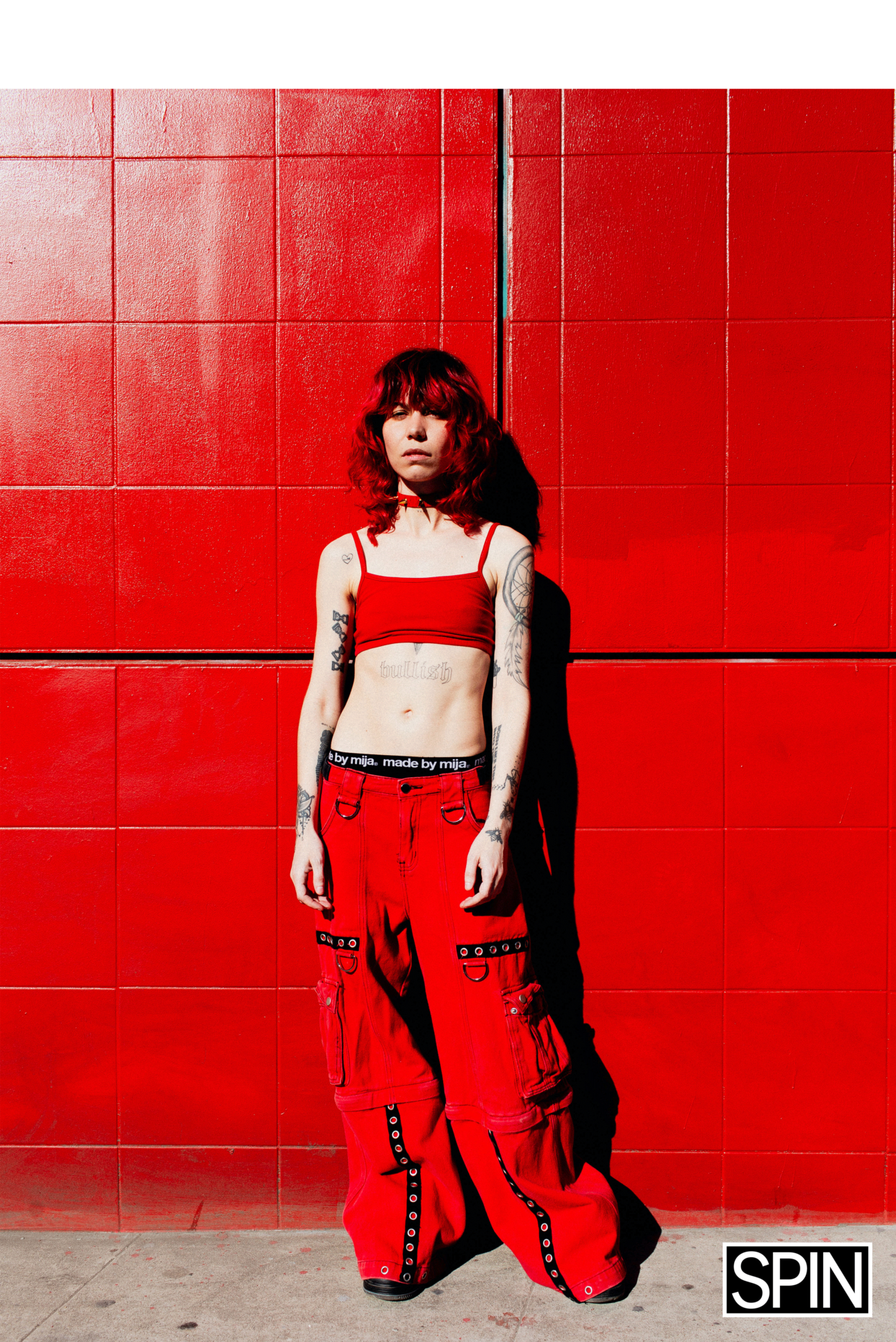 Photo Credit: Ryan Farber
Photo Credit: Ryan Farber
 Photo Credit: Ryan Farber
Photo Credit: Ryan Farber
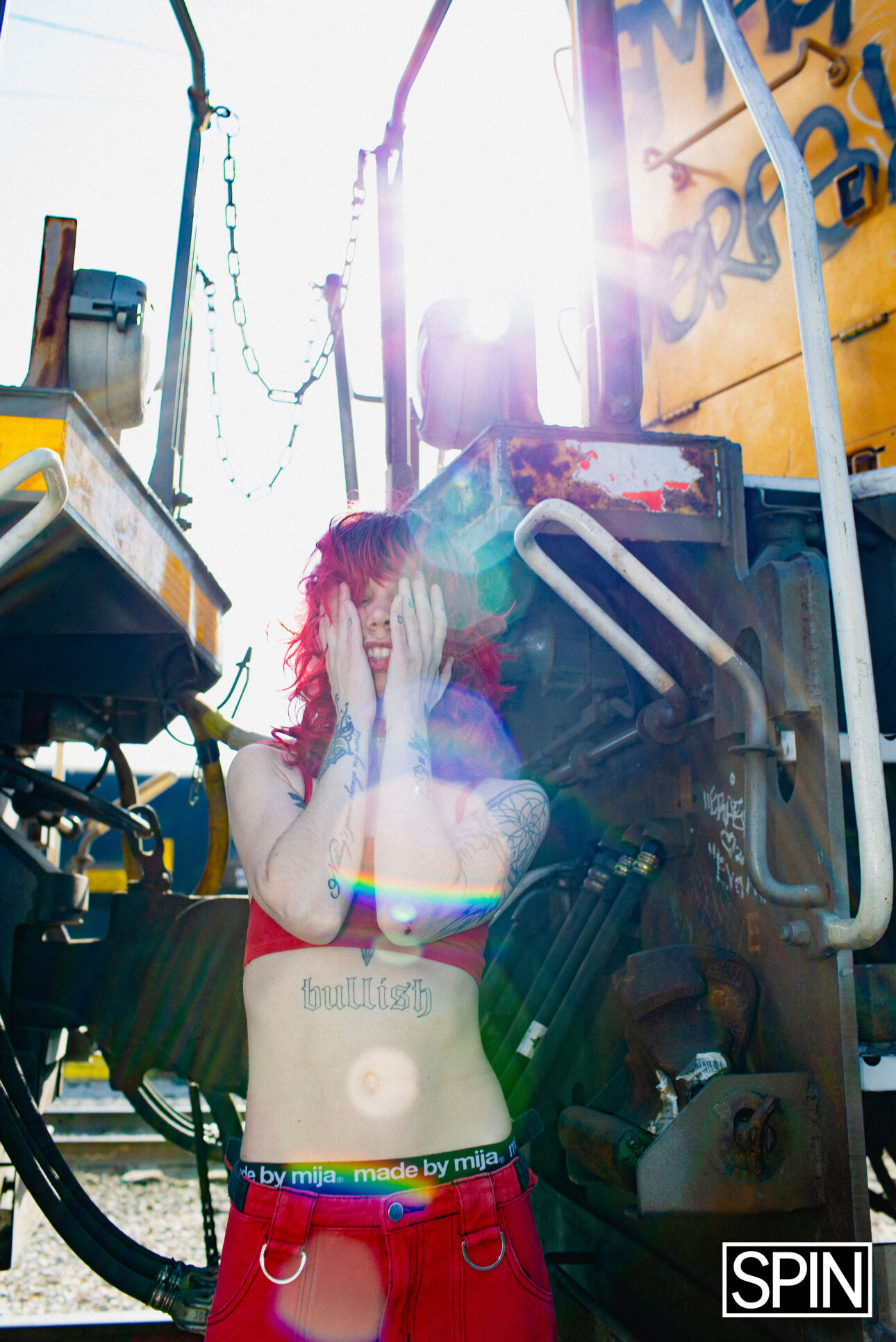 Photo Credit: Ryan Farber
Photo Credit: Ryan Farber
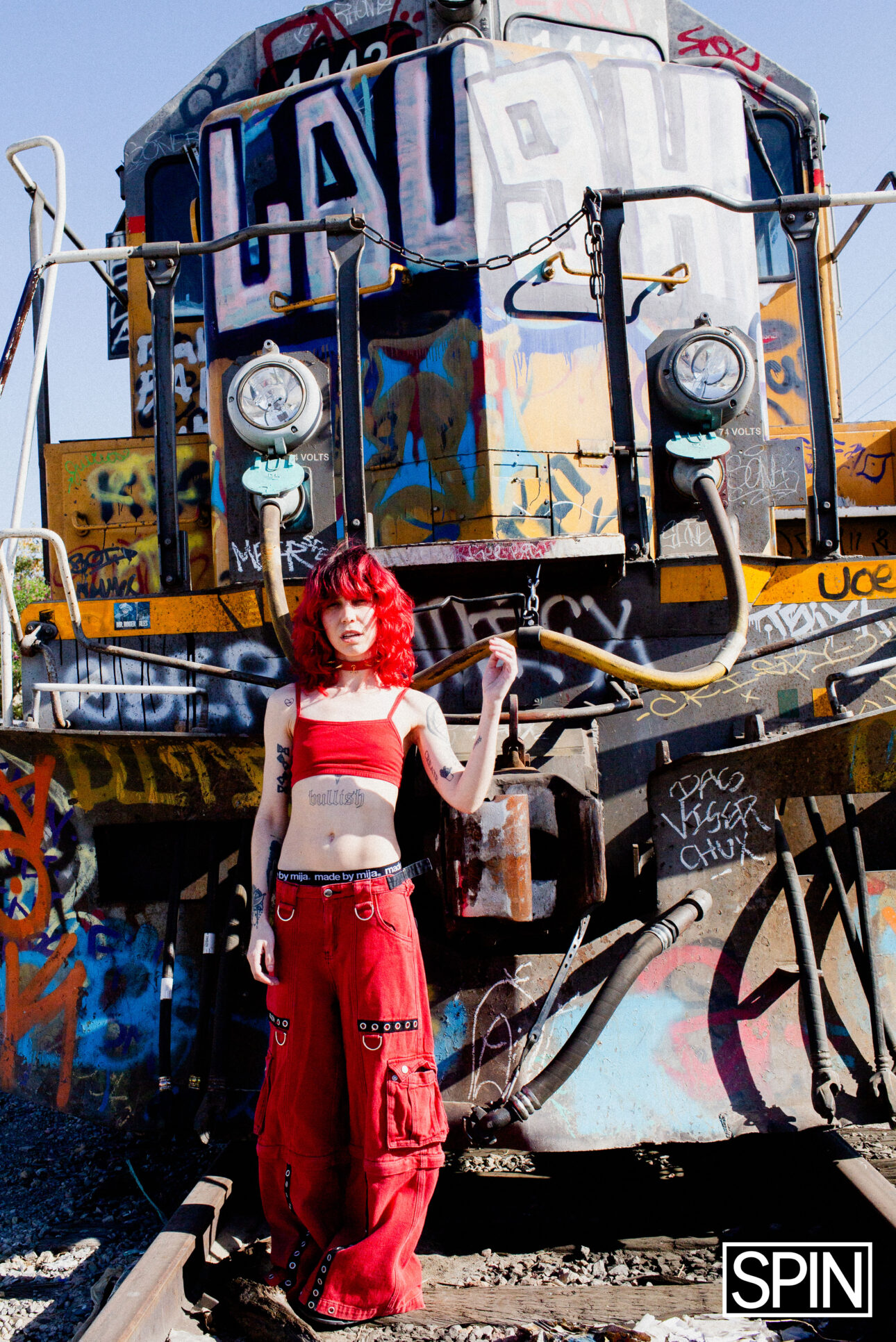 Photo Credit: Ryan Farber
Photo Credit: Ryan Farber
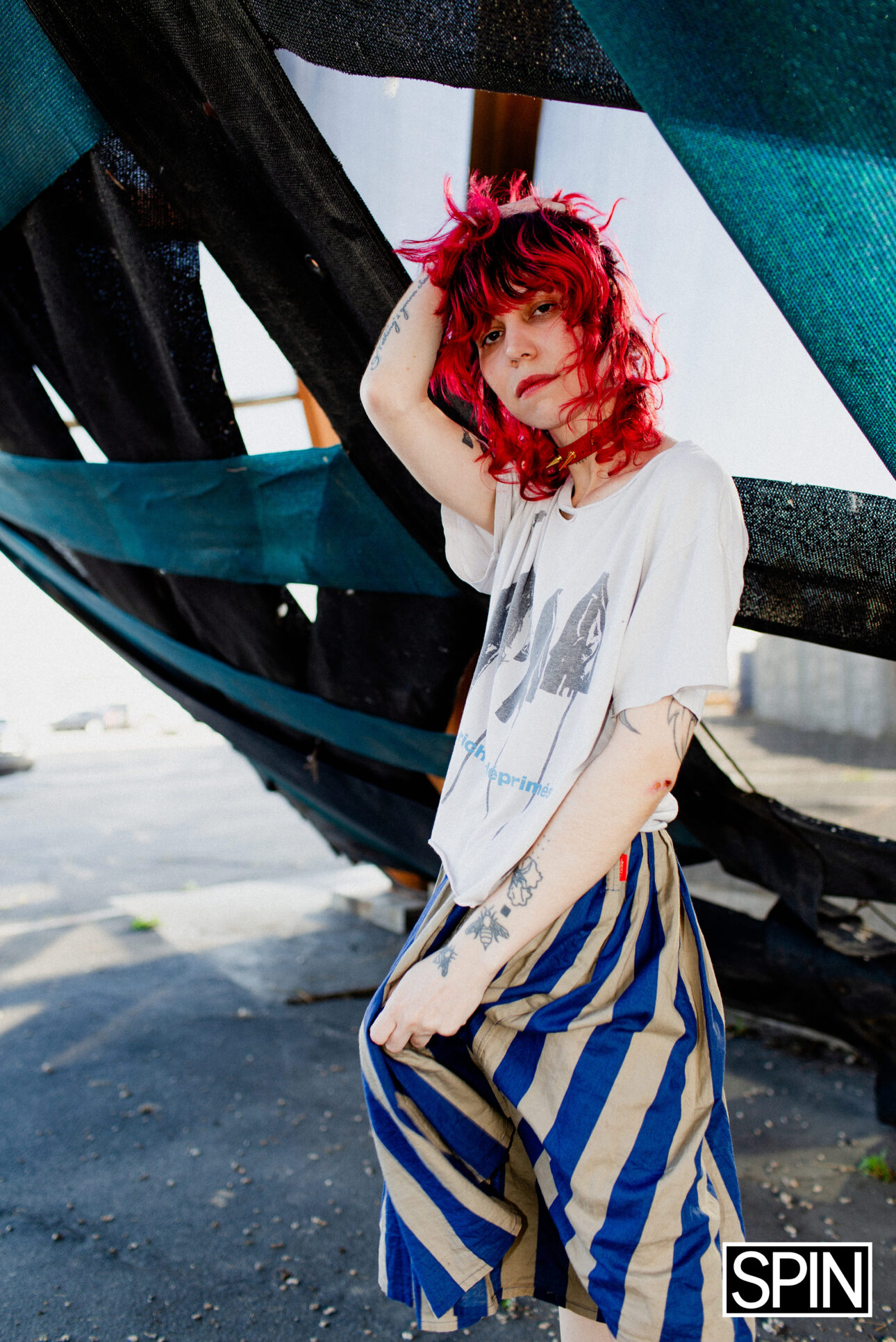 Photo Credit: Ryan Farber
Photo Credit: Ryan Farber
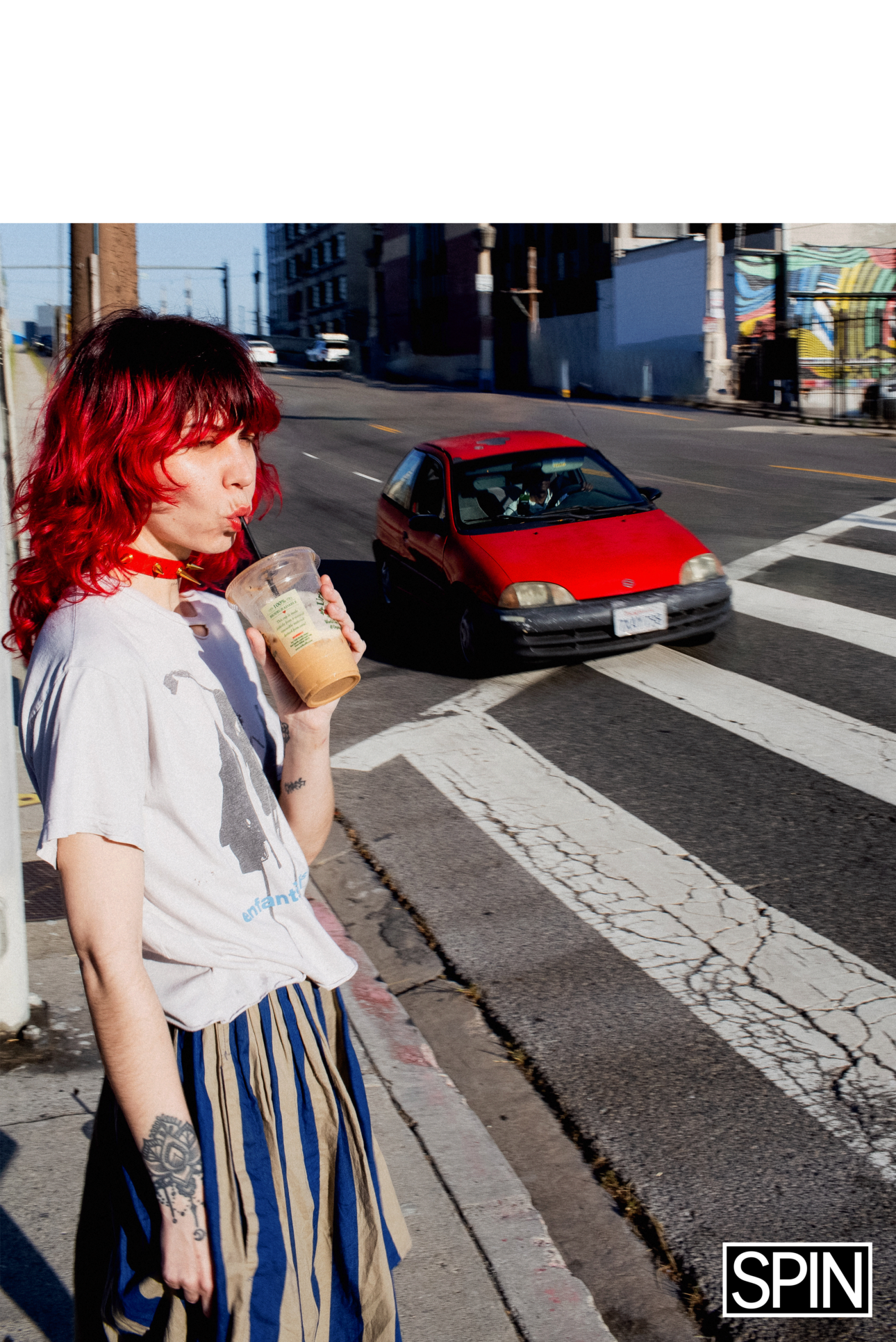 Photo Credit: Ryan Farber
Photo Credit: Ryan Farber
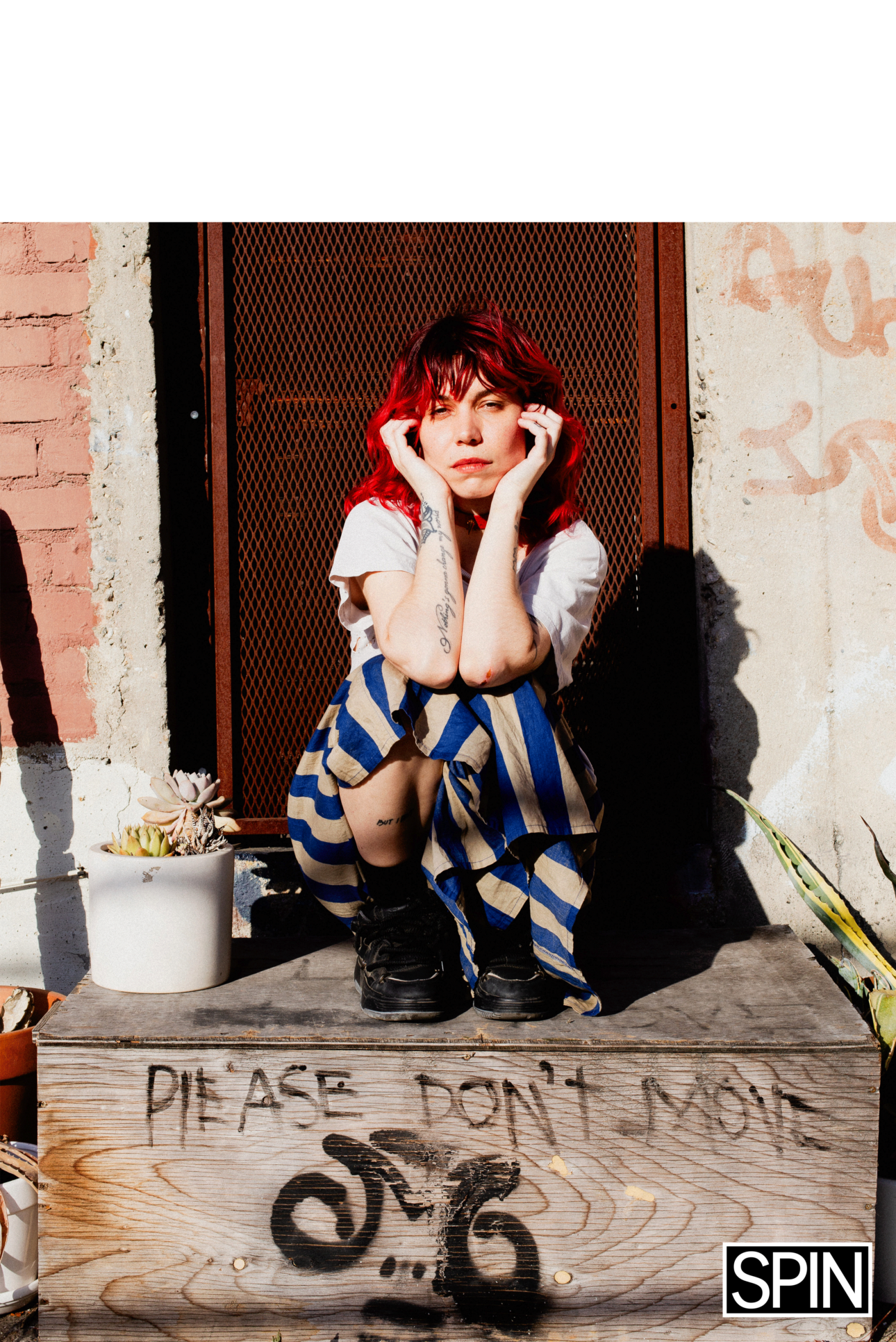 Photo Credit: Ryan Farber
Photo Credit: Ryan Farber
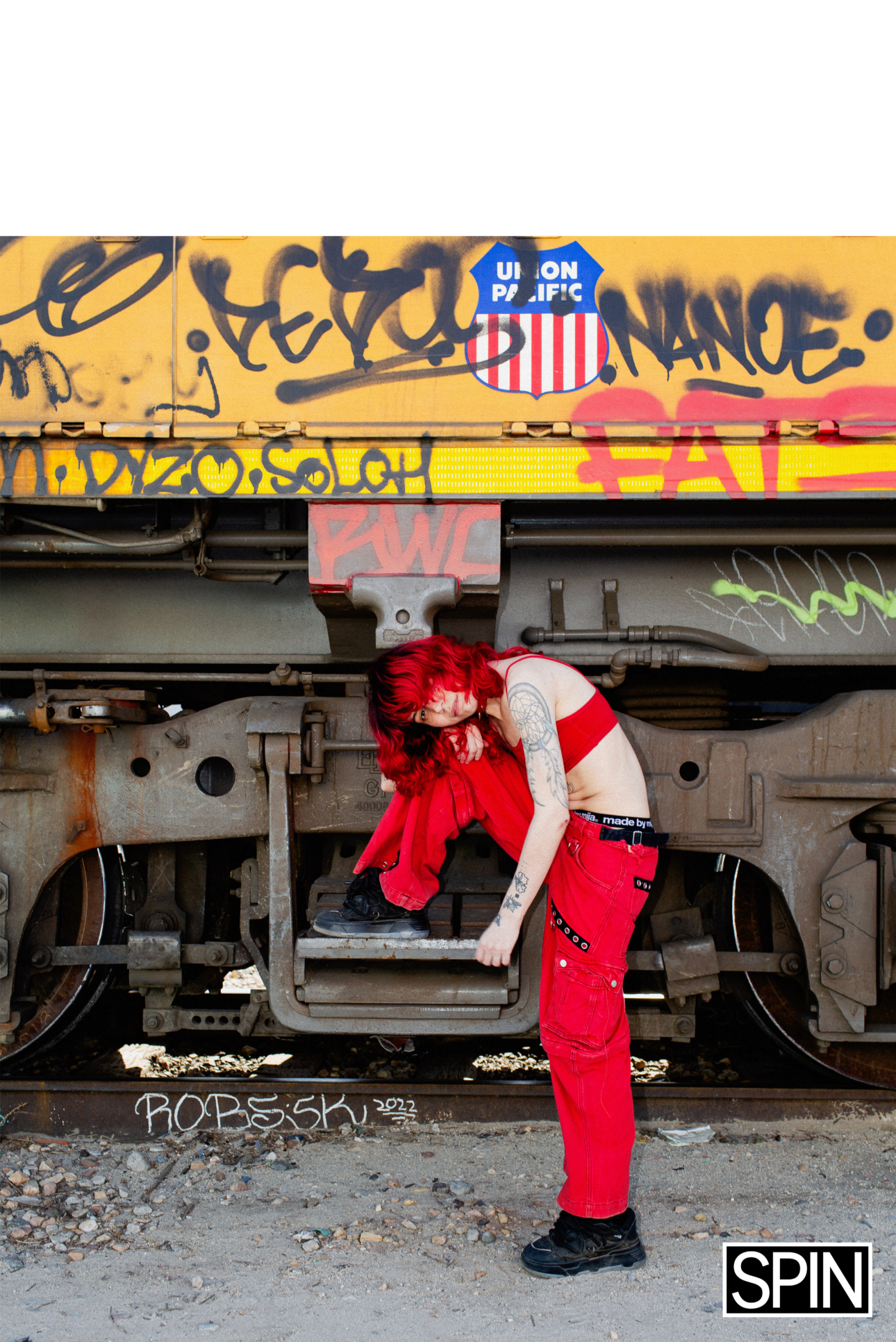 Photo Credit: Ryan Farber
Photo Credit: Ryan Farber
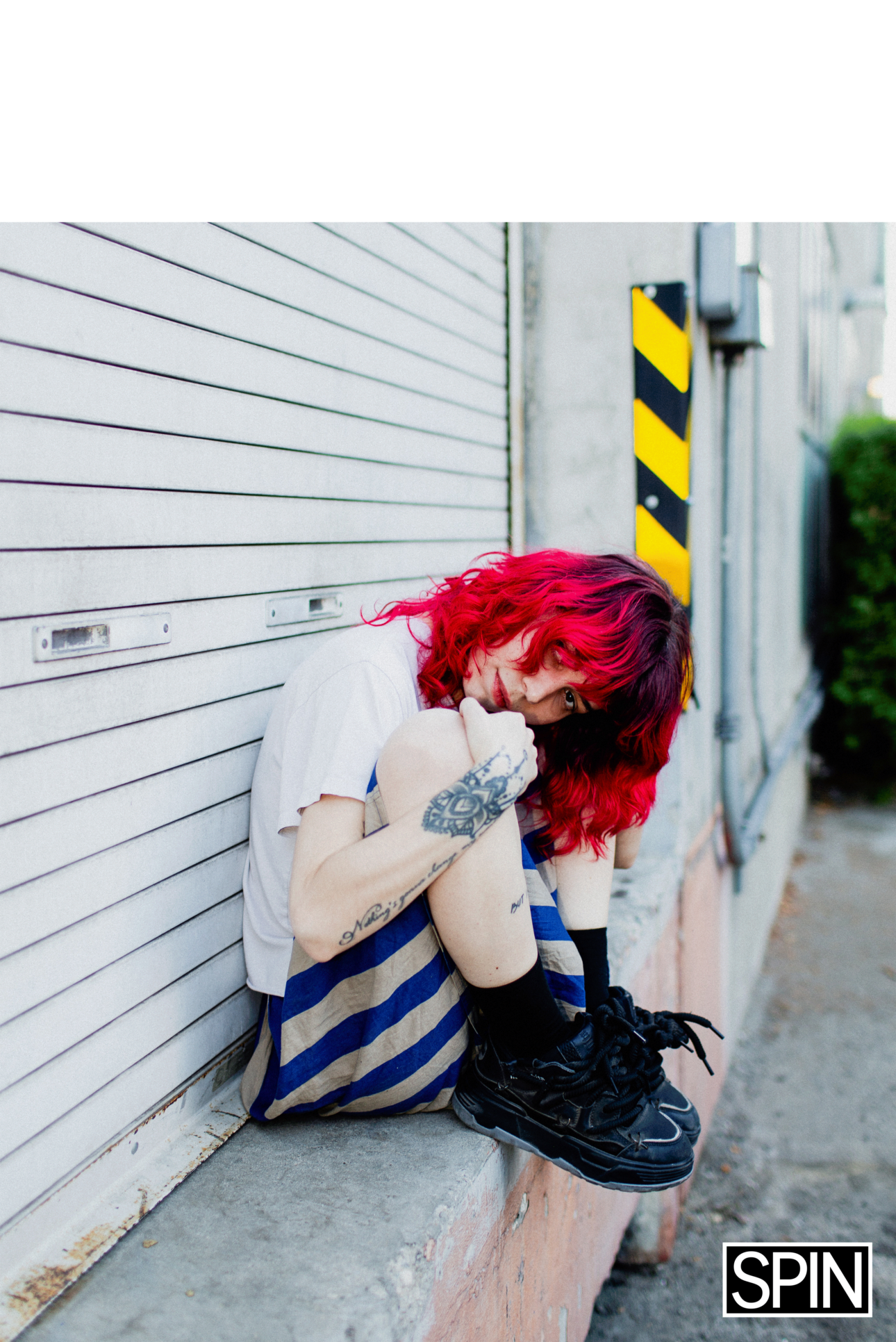 Photo Credit: Ryan Farber
Photo Credit: Ryan Farber
Mija was so inspired that she started making plans to get to Europe to work with musicians who were making hardgroove music there. When Jay told her a few weeks later that he was going, she posted online looking for gigs in Europe and quickly put together a tour for herself.
Now, fully immersed in her hardgroove summer in Berlin, she feels like she's at exactly the right place at the right time. “I feel like oftentimes the pattern is that I'm slightly too ahead of the curve,” she says. “By the time that the curve starts happening, I'm already bored of it, but I think maybe this time I might fit in.”
Mija grew up in Phoenix, Arizona with her mother, her mother’s husband (who went on to adopt her), and her half-sister. She sang in the Phoenix Girls’ Chorus for nine years as a child and developed a deep appreciation for classical music. To this day it’s what she listens to on the train or when working. She also learned to love alternative ‘90s music from her mother. “My mom's 18 years older than I am, so she's really young,” Mija says. “She was an absolute punk. She loves the Misfits, Sex Pistols, and Slayer. That's where I got my emo-punk energy from.” That raw, DIY energy permeates into her DJ sets: “I'm kind of an anarchist,” she says. “I tend to play music that’s really fast and hard and hope that it works out. And if not, then those probably aren't my people, and I can go on to the next place.”
Mija came of age as niche music blogs overtook the Internet, and she spent her adolescence pouring over French house and New Disco on sites like Hype Machine, Dancing Astronauts, and VACAY Vitamins. She also discovered new music on mid-2000s iterations of YouTube and SoundCloud. At 17, she started working as a club promoter as a way to share that music with other young people while also ameliorating her suburban ennui. “Quite frankly, when you grow up in the suburbs, when everybody's in these cookie-cutter houses and you basically live at Walmart, you get bored really fast,” she says. “If you're not old enough to go to the clubs but you love music, you band together with other people and start throwing raves. I was grounded for most of my childhood for that reason.”

Photo Credit: Ryan Farber
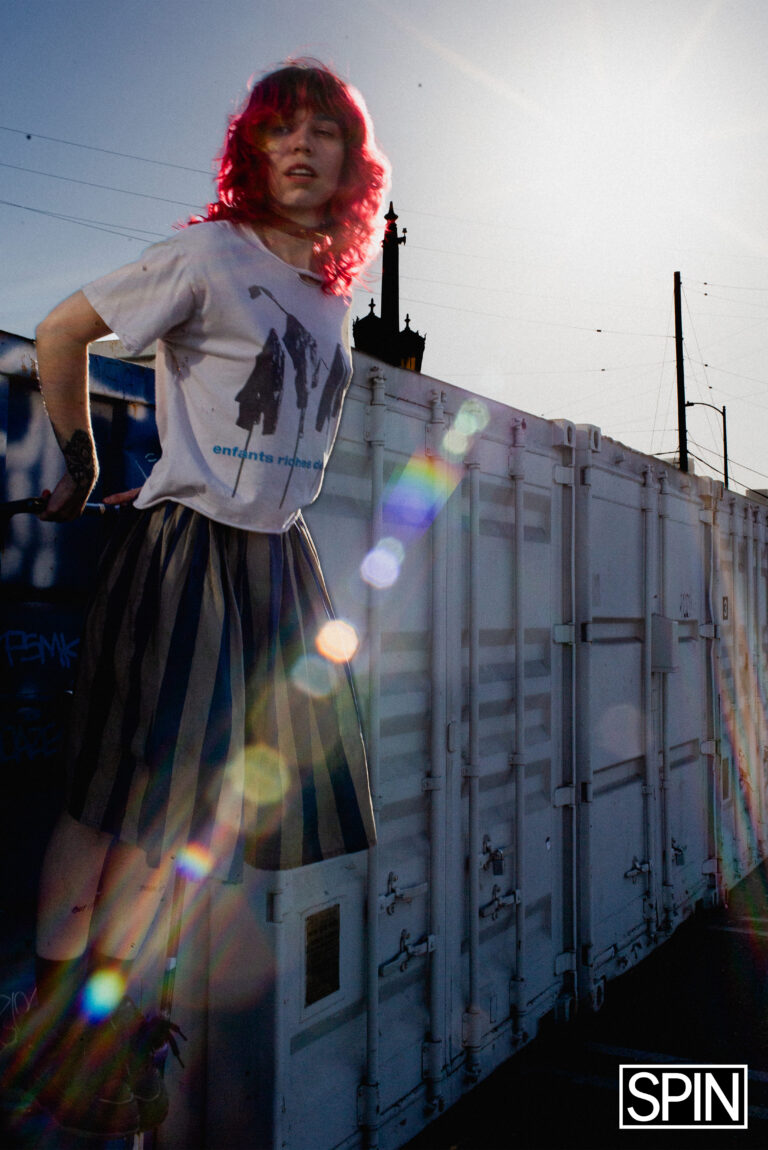
Photo Credit: Ryan Farber
The parties, which were often attended by upwards of 3,000 people, were hugely successful but taxing to organize. When she lost money for the first time, at the age of 19, Mija decided to pivot and become a DJ. “From my roommates to my ex-boyfriend, every single person around me was a DJ. So I was like, ‘Well, fuck, if they can do it, I can do it.’” From there, Mija’s career really started to flourish. She got a gig DJing at a Sheraton Hotel in Phoenix, and on her 22nd birthday was invited to play a sunrise set at an art car at Bonnaroo Music Festival in Tennessee. While she was waiting for another DJ who was on acid to finish a set that was running into her performance time, Skrillex walked on stage. She mentioned her predicament to him, and he took over the decks and offered to play a back-to-back set with her. She posted the set to SoundCloud a week later, and it went viral.
Within two months of building up fame from that moment, Mija moved to Los Angeles to immerse herself in a community of electronic musicians. Skrillex rented a loft in the arts district that became a hub where artists met and hung out. Mija met a number of musicians like Marshmello, Getter, Mark Johns, Hundred Waters, and Blaise D’Angelo there, and brought her own friends and acquaintances like Ghastly and io into the mix. They all worked out of the same studio, Lemon Tree, and made some of the 2010s’ most exciting house and future bass there. “I wanted to share music more than anything,” she says of that time. “We called our parties our babies. You get to create your own world, but everybody can live in that world, and they can collide together on occasion. We all worked at the same studios; we went to the same parties; we'd be in each other's videos, wear each other's merch.”
She put out a number of tracks on Skrillex’s label OWSLA, released popular remixes like that of DJ Snake’s “Middle,” and organized a tour featuring musicians like Nosaj Thing and TOKiMONSTA. But despite her success, she felt a nagging sense of emotional remove while performing her music. “Even if you're DJing in front of 10,000 people, unless they're singing your songs back to you, there's a huge disconnect in what you feel,” she says. “I was like, I need to be closer to people. I need to be more intimate with my audience.” So in 2019 and 2020, she asked her friends to create a band and perform the indie-pop songs from her 2020 debut album, Desert Trash. Mija felt that she was fully learning how to fill the space on stage and engage the audience just as the pandemic hit in 2020 and in-person shows went on hiatus.
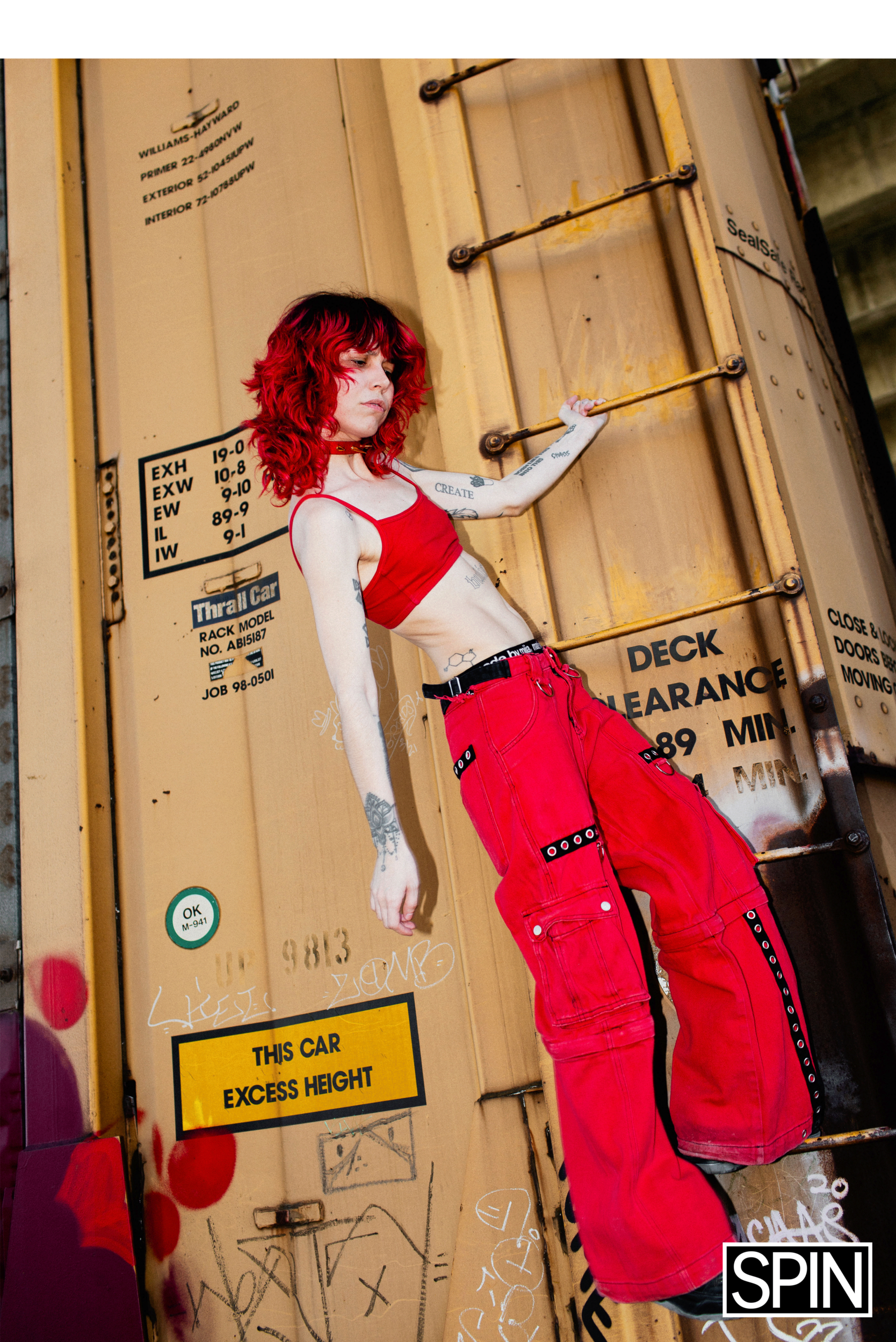
Photo Credit: Ryan Farber
As the world opened up again and Mija tried to get back into touring, performances felt awkward and static for her. So she and her best friend GG Magree decided to join forces and create a side project, So Tuff So Cute. They toured together as a way of reminding themselves how fun playing music could be. The project allowed them to experiment with playing all kinds of genres, from punk to blog house to EDM. It also forced Mija to confront the sexism inherent in such a male-dominated genre and to grow emotionally from that realization. “I used to tell myself, ‘Don't show a lot of skin. Don't sleep with anybody in the crew,’” she says. “But when I started to tour with my best friend, all of those parameters were lifted. It was me and her against the world. We could dress how we wanted, we could say whatever we wanted, which was beautiful. But with that came repercussions. People do start to see you differently. Still, doing that tour with her really opened me up on a deeper level and allowed me this sexual freedom that I'd never felt before. Whether or not it helped or hurt me, I don't really care, I loved every second of it. I am able to express myself more than I did before for sure.”
The experiences Mija accrued over a decade of releasing singles and remixes, playing with a band, and then touring with her best friend also prepared her to make the kind of music she’s always dreamed of. Last year, she released the NO RULES EP, her most polished, subtle, and intellectually compelling release to date. “I WANNA BE A BIG STAR” used lush house beats and sleek deftly-delivered verses by Cakes Da Killa and Wreckno to pay homage to Paris Is Burning. “A WOMAN COMES INTO THE ROOM” samples Alice Notley’s poem by the same name over subdued siren sounds and a simmering beat. The mix of restraint and elegance exercised in the production, paired with the self-awareness of the lyrics, feels like an apt expression of the complicated experience of occupying public space as a woman.
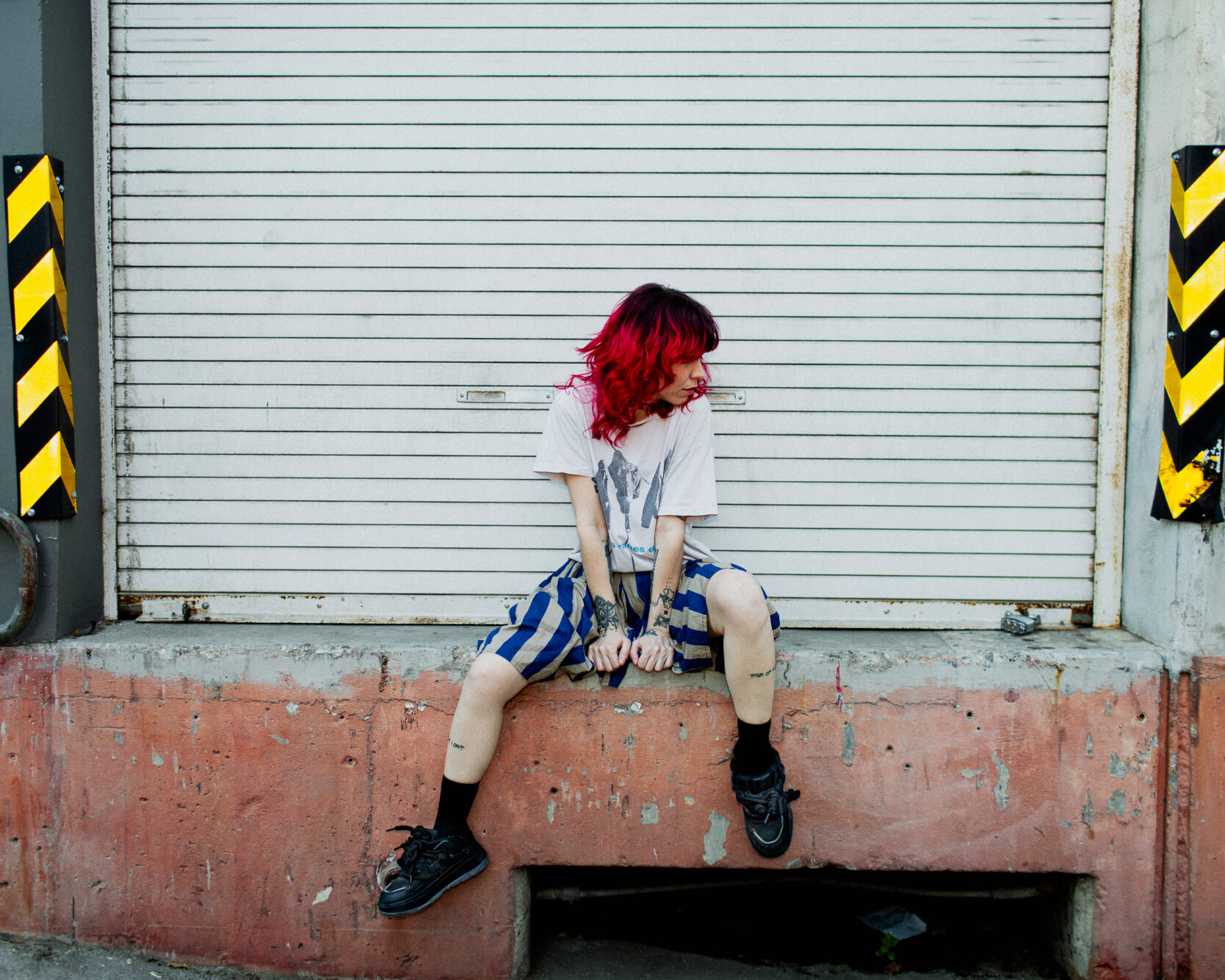
Photo Credit: Ryan Farber
“I finally felt, for the first time in my career, that my skills were up to par with my taste,” she says of that release. “That's why I made so much indie music and so much non-traditional dance music for the clubs at the start of my career. Because as a DJ, my taste was so good and my skill level just hadn't hit that level yet.”
She had also always identified as a true romantic, and made music as a means of catharsis. But as her skill has sharpened, she felt that she could make art that is less dictated by her personal narrative. “Before I had the skills, emotions were the best way for me to write music,” she says. “Everything good came out when I was feeling really, really good or really, really bad. But with last year’s EP, nobody was my muse. It was about me, the things I like, and the people I want to work with. I learned how to show and not tell.”
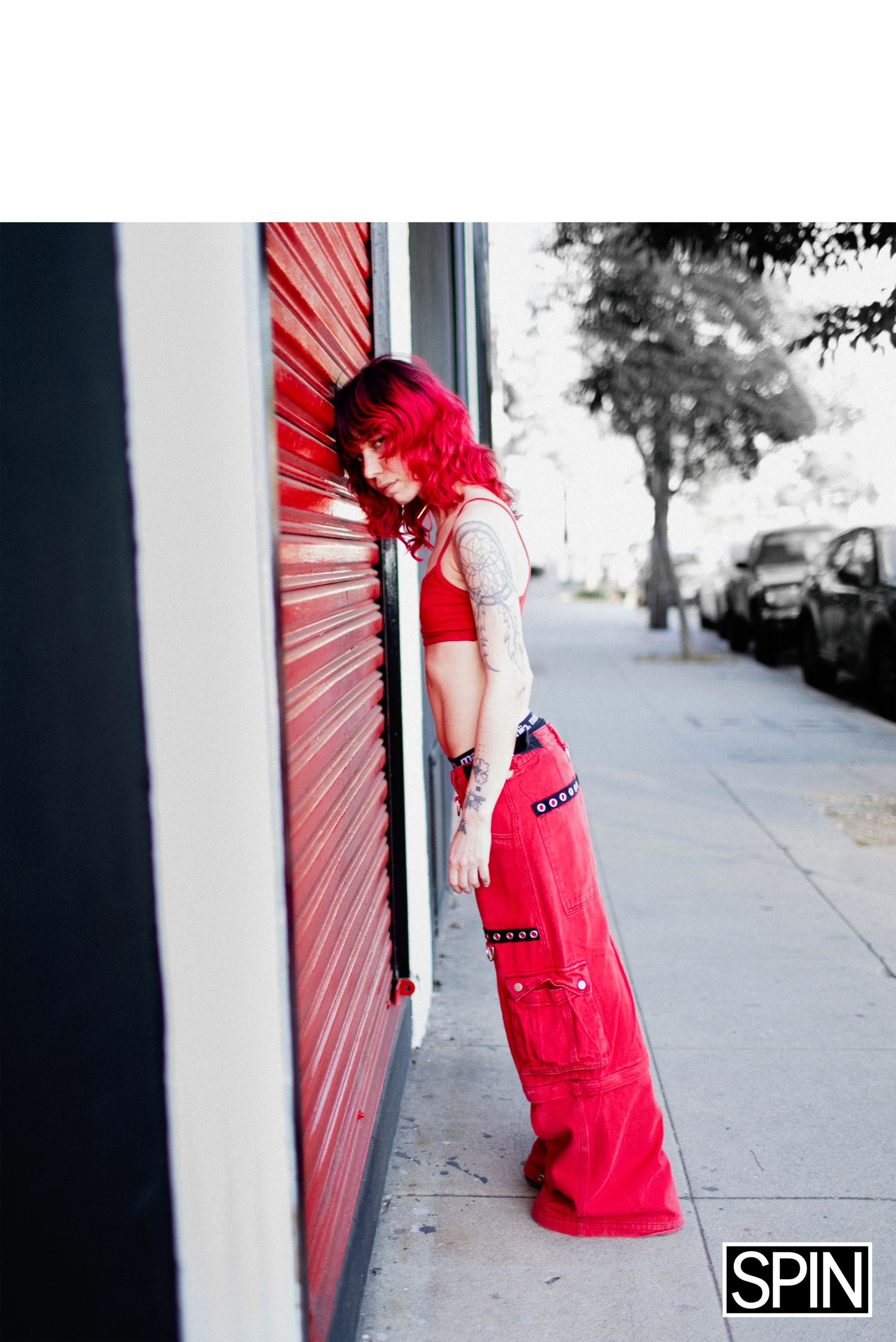
Photo Credit: Ryan Farber
The guiding principles of that EP - an ability to see beyond herself, a sense of control as a producer, and a willingness to be adventurous and experimental while tackling technically difficult genres - continue to inform the music Mija makes today. And yet, as Mija moves away from the confessional, one sentiment continues to drive her. She has always been moved by a need to share the music she loves and connect with people over it.
“I spent my 20s just trying to figure out who I was when I already knew,” she says. “It's been exactly 10 years since Bonnaroo, and what I feel right now is exactly what I felt then. I've been here [Berlin] for two weeks, and everybody here just gets me, which is a feeling that I haven't experienced in a long time.The more I am myself, the more they see me—I don’t have to convince anyone of how I want to be perceived. The universe doesn't make it that easy, unless you're kind of supposed to be here.”